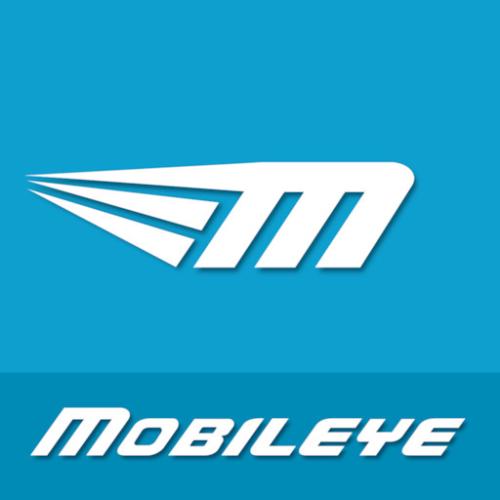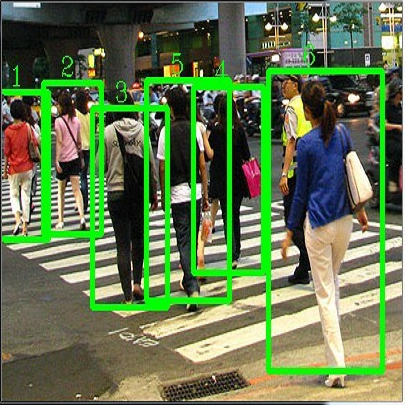In this paper, we present bAdvertisement, a novel attack method against advanced driver-assistance systems (ADASs). bAdvertisement is performed as a supply chain attack via a compromised computer in a printing house, by embedding a "phantom" object in a print advertisement. When the compromised print advertisement is observed by an ADAS in a passing car, an undesired reaction is triggered from the ADAS. We analyze state-of-the-art object detectors and show that they do not take color or context into account in object detection. Our validation of these findings on Mobileye 630 PRO shows that this ADAS also fails to take color or context into account. Then, we show how an attacker can take advantage of these findings to execute an attack on a commercial ADAS, by embedding a phantom road sign in a print advertisement, which causes a car equipped with Mobileye 630 PRO to trigger a false notification to slow down. Finally, we discuss multiple countermeasures which can be deployed in order to mitigate the effect of our proposed attack.
翻译:在本文中,我们介绍对先进的助运系统(ADAS)的一种新颖攻击方法,即广告。 b 广告是通过在印刷厂安装一个“幽灵”标的,通过在印刷广告中插入一个“幽灵”标的,在印刷广告中插入一个“幽灵”标的,通过ADAS在经过的汽车中观测到一个失密的印刷广告,从ADAS中触发一种不理想的反应。我们分析最先进的物体探测器,并表明在物体探测中它们不考虑颜色或背景。我们对Movye 630 PRO的这些调查结果的验证表明,该ADAS也未能考虑到颜色或背景。然后,我们展示攻击者如何利用这些发现对商业ADAS进行攻击,在印刷广告中嵌入一个“幽灵”路标,导致配备了Miveye 630 PRO的汽车触发假通知减速。最后,我们讨论了为了减轻我们拟议攻击的效果,可以部署的多种反措施。



